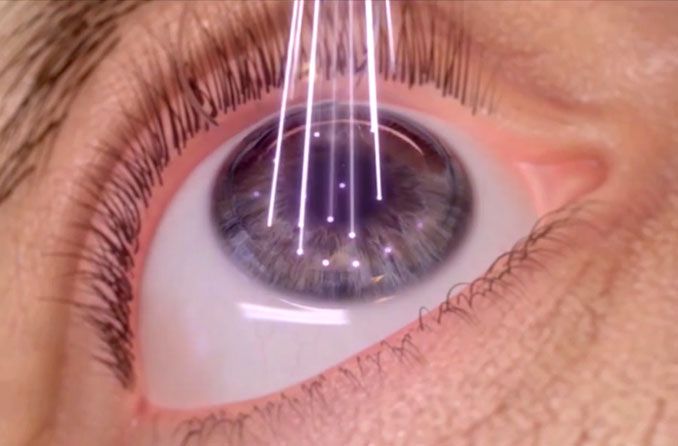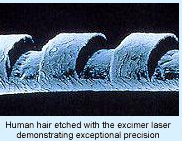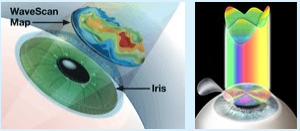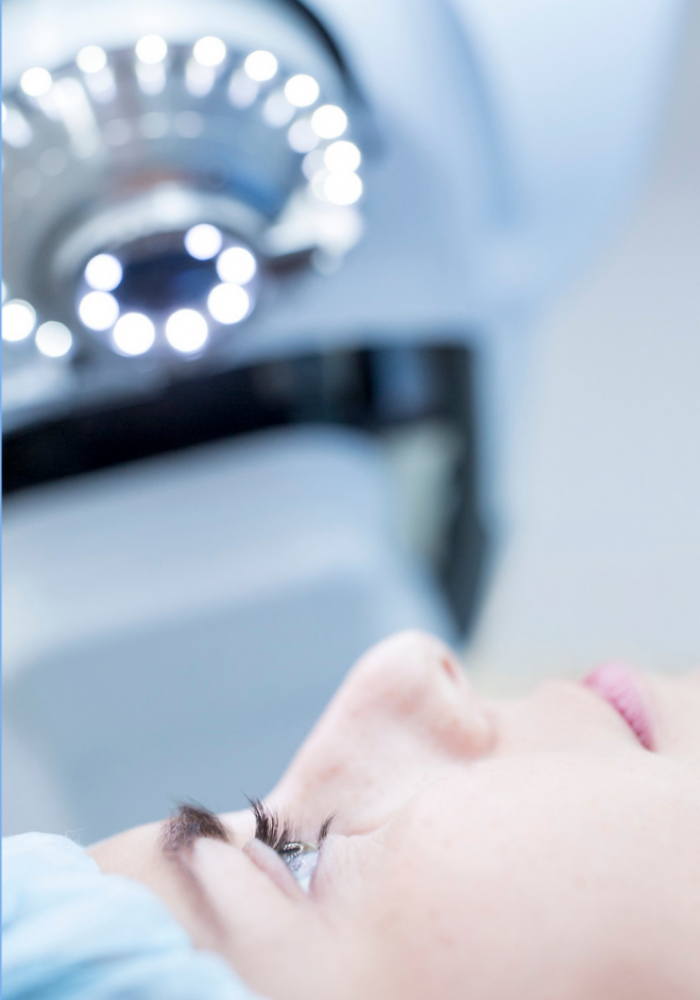What is LASIK?

LASIK (Laser Assisted In situ Keratomileusis) is the most popular way to reduce or eliminate the spectacle number. The laser beam, completely controlled by a machine, shaves off a few layers of corneal tissue in a specific way, thus correcting the spectacle power. The speed of the laser depends upon how fast the laser fires per second. Generally faster the firing speed, faster and safer is the procedure.
This procedure can be used to correct plus numbers (reading), minus numbers (long-distance problems), and also cylindrical powers. An initial examination procedure is; however, mandatory to find out whether your eye is suitable for the laser procedure.
Performed since the early 1970s, refractive surgery procedures improve vision for people with near-sightedness (myopia), farsightedness (hyperopia) and astigmatism. Laser assisted In-Situ Keratomileusis (LASIK) is an excellent technique for reshaping the surface of the cornea to correct these common vision problems.


